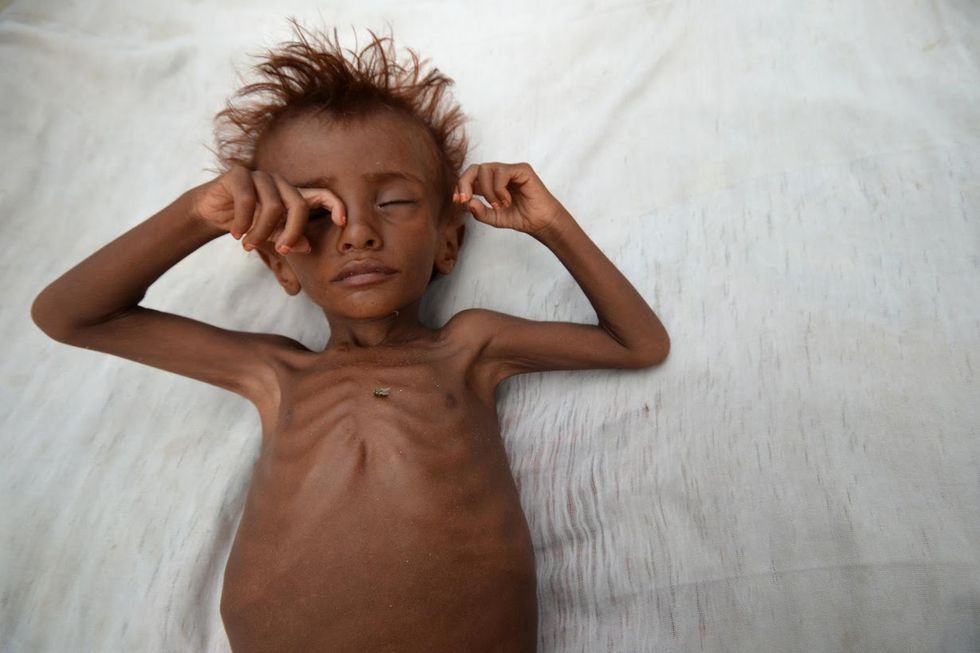There is little common knowledge in the Western world about the remote country of Yemen.
It lies in the southwest corner of the Arabian Peninsula and is home to 26 million people. It is currently the most impoverished country in the Middle East and the Arab World.
Despite its citizens facing the worst cholera outbreak in modern history along with being threatened with famine, rich nations like the United States and Saudi Arabia continue to commit atrocities against this country.
The US-Saudi led coalition is waging war on Yemen to defeat a Shiite guerrilla group called the Houthis, or the Helpers of God. The Houthis took power in Sana’a, Yemen’s capital, in 2014 and centralized it in 2015. They are a radical group deriving from the Zaydi tribes in rural cities in northern Yemen. As Shiites, their issue with Saudi is their proselytizing for Salafi Sunnism in Yemen. Their leaders vowed to overthrow the House of Saud.
In March-April, Saudi Arabia’s Crown Prince, Muhammad Bin Salman ordered airstrikes on Yemen that continue to be carried out today. These strikes are ruthless, hitting schools, hospitals, apartment buildings, ports, bridges, and roads. With blocked access to basic supplies, 2.9 million people were forced from their homes, 17 million people face famine, and 7 million people do not know when they will get their next meal.
Yemen is dependent on maritime imports for more than 80 percent of its annual staple food supply. According to the Famine Early Warning Systems Network (FEWS Net), “a prolonged closure of key ports an unprecedented deterioration in food security to Famine (IPC Phase 5) across large areas of the country.” FEWS Net also predicted that this would occur in three to four months if the blockade is not resolved.
Here are some brief statistics on how children are being affected by the Yemen Famine, as provided by Save the Children:
“Severe acute malnutrition is the most extreme and dangerous form of undernutrition. Symptoms include jutting ribs and loose skin with visible wasting of body tissue, or swelling in the ankles, feet, and belly as blood vessels leak fluid under the skin.
- An estimated 130 children die in Yemen every day from extreme hunger and disease. A continuing blockade on the country’s northern ports of entry is likely to increase the death toll further, past the projected 50,000 children expected to die this year. A child dies every 10 minutes in Yemen.
- Almost 400,000 children will need treatment for severe acute malnutrition in Yemen this year.
- If left untreated, approximately 20-30 percent of children with severe acute malnutrition will die each year.
- Food and medicine stocks will run out in the next 8 to 12 months unless the blockade is lifted soon.
- The Taiz and Hodeidah districts are facing the most serious effects of the hunger crisis, with a staggering 10,000 children predicted to die this year in each region.”
It is important to note that famines do not kill people because of a lack of food. Due to the limitations on imports, fuel and staple food prices are skyrocketing. The lack of imported medical goods also compromises treatment options for those who are fighting life-threatening illnesses. Large decreases in the availability of food, medicine, and fuel could not be combated by humanitarian assistance. The neglect of Yemen by Saudi Arabia and the US is contributing to a major loss of life, severe devastation, and a profound injustice to humankind.










































